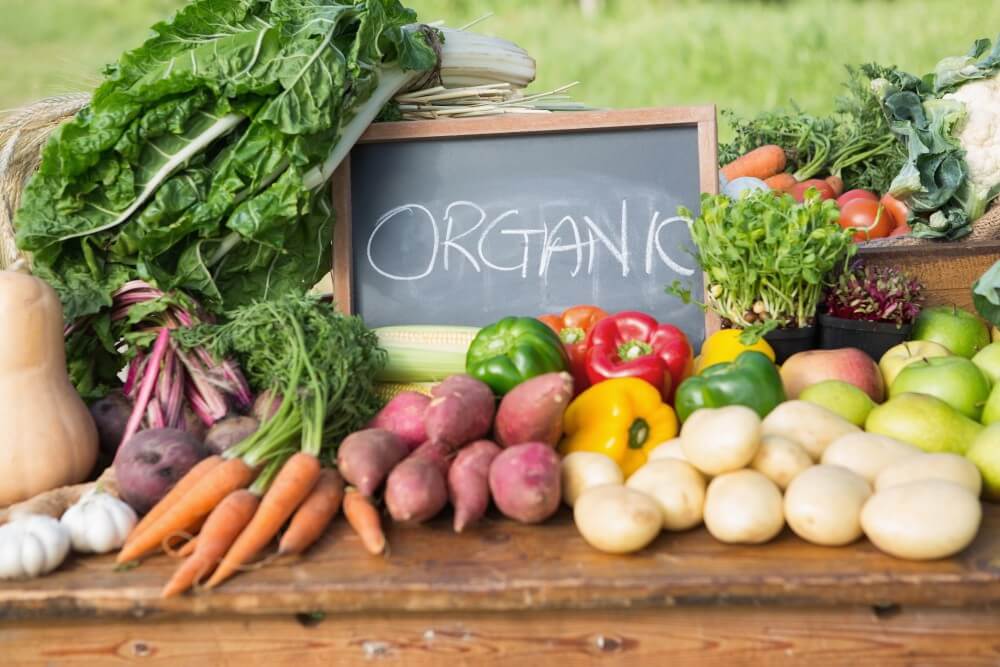Getting Started With Organic Farming
Understanding the Fundamentals
Organic farming requires laying a solid foundation by understanding some key fundamentals. The first step is doing thorough research into what crops will sell well in your area and provide a profitable return. It’s important to find products that can be grown organically on the land being converted. soil testing organic certification process requires time and investment to turn conventional land organic, so this step cannot be rushed. Research should also explore the optimal business structure whether a co-op, public or private company, sole proprietorship, or LLC. A comprehensive market analysis SWOT analysis will identify target customers, competitors, and pricing strategies. Financial planning covers startup capital, equipment needs, insurance requirements and more.
Seeking Local Expertise
Networking with experienced organic farmers at local markets provides invaluable mentorship on past successes and failures. Volunteering or employment at a co-op farm fast-tracks hands-on learning. sustainable agriculture apprenticeships farmer mentorship emulate proven methods rather than “reinventing the wheel” as a beginner. Partnerships and co-op agreements also bear exploring for synergistic opportunities.

Preparing the Land and Infrastructure
With research findings in hand, acquiring farmland is the next major step. Control over land management, both soil amendments and harvests, is essential long-term for organic certification. Renting avoids high land costs but retains flexibility.
Conducting Soil Testing
Thorough soil fertility testing nutrient density establishes chemical and nutritional baselines to design an organic replenishment plan. Common analyses cover pH, organic matter content, and macro/micronutrient levels. Correcting deficiencies sustainably, without prohibited inputs, requires multi-year strategies.
Developing Water Systems
A reliable water source and efficient distribution matter greatly for crop health. Drip irrigation conserves moisture and fertilizers while water harvesting rainwater catchment systems boost supply self-sufficiency. Minor infrastructure like hoses, taps and pumps complete the hydraulic network.
Starting Small and Diversifying Crops
The all-important production phase launches once farmland preparations finish. Yet beginning modestly allows risks to stay manageable.
Trialling Different Varietals
Experimenting with small test plots of several high-demand crops identifies the best-adapted varieties. Rotating trials annually refines the mission-critical crop mix. Diversification also hedges vulnerabilities from pests or poor weather affecting any single plant type.
Implementing Sustainable Techniques
Establishing soil-building cover crops protects bare ground from weeds. organic weed control crop rotation enriches nitrogen levels and creates mulch without purchased inputs. Techniques like no-till planting preserve beneficial microbiomes. Compost and manure further nourish the land organically.
Fulfilling Market Commitments
Although crops may flourish, the venture depends on sales revenue. Direct and intermediary markets each impact profitability differently.
Direct Marketing Strategies
Farmers markets and CSAs personally introdunce customers to the farm brand. local farms community supported agriculture strengthens brand loyalty through storytelling and high product quality. Online sales reach farther audiences. Yet infrastructure and labor costs increase with direct outreach.
Wholesale Partnerships
Selling to grocery stores and distributors exposes products to a wider consumer base at higher volumes. organic produce distribution wholesale contracts may offer more reliable long-term income than fluctuating direct markets. However, less pricing control necessitates large harvests.
With diligent planning and openness to adaptation, organic farming presents fulfilling work alongside nature’s bounty. Steadfast commitment to soil stewardship and community livelihoods make it well worth the diligence required.
